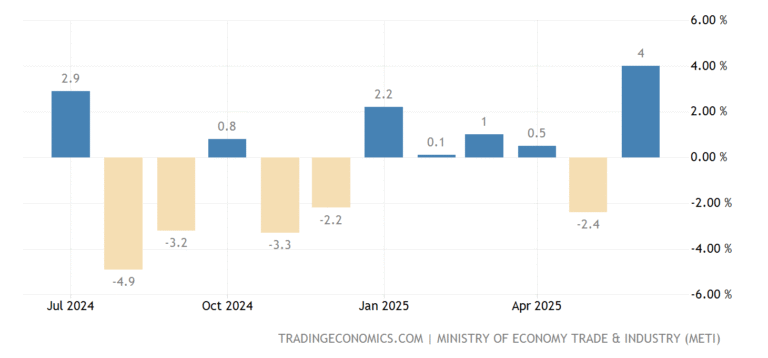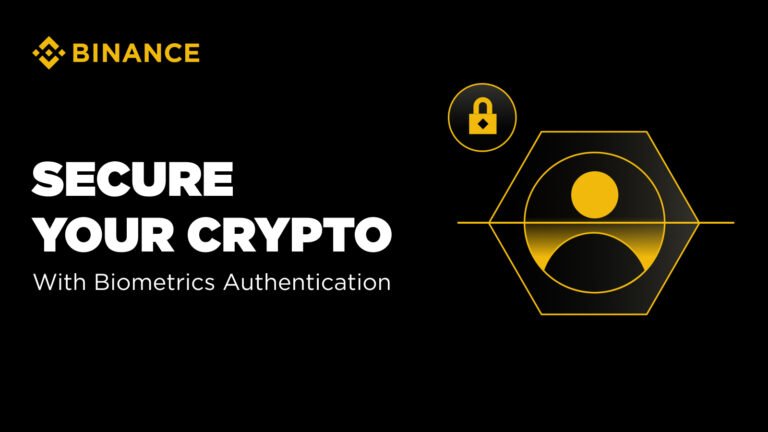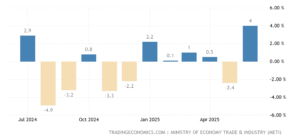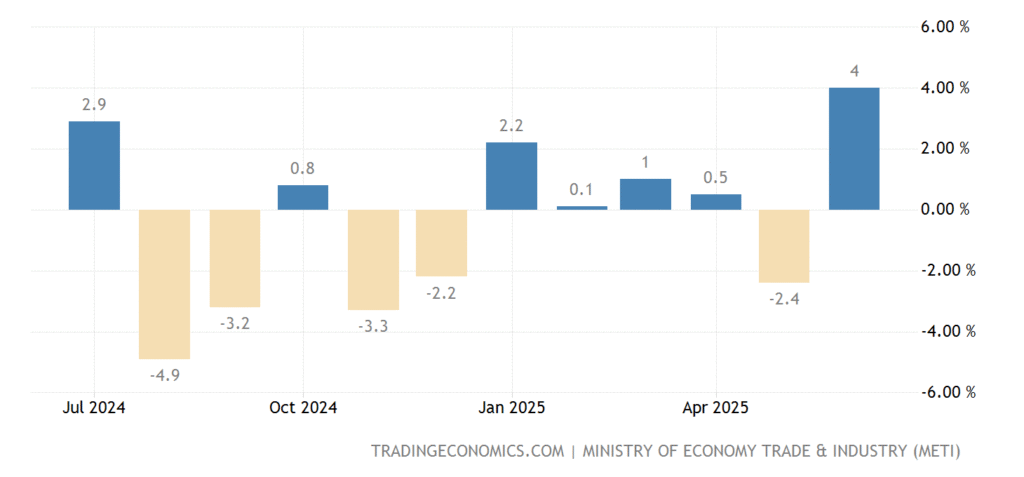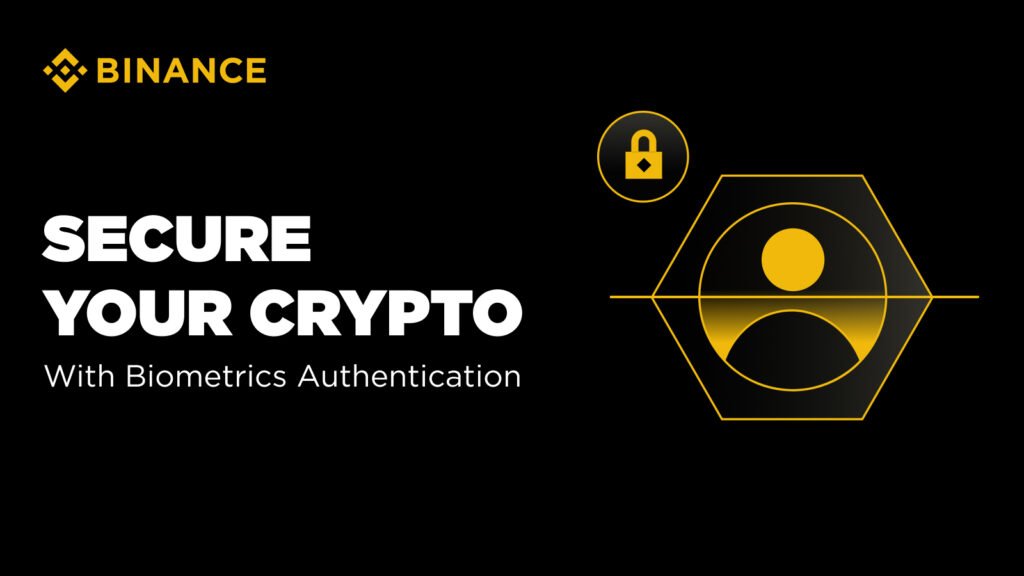In a café in Nairobi, a freelance designer receives payment from a client in Berlin within seconds — no bank delays, no foreign exchange fees, and no need for a traditional account. Meanwhile in Buenos Aires, a small business accepts cryptocurrency from overseas buyers to sidestep local currency instability. These aren’t distant possibilities — they are real, daily transactions happening right now. As the financial world accelerates towards digital-first solutions, the future of global payments is being redefined by cryptocurrency and blockchain innovations.
For decades, the movement of money across borders has been dictated by a handful of large financial institutions, subject to delays, high fees, and regulatory bottlenecks. Cryptocurrencies are challenging that model by offering speed, transparency, and accessibility — and the change is not limited to niche tech communities. From multinational corporations to remote gig workers, more people are embracing crypto for everyday transactions. But the story is far from a simple “crypto will replace banks” narrative. The evolution of global payments will be shaped by technological breakthroughs, government regulations, market adoption, and the tools that make digital currency safe and usable for the mainstream.
A Shift from Centralized to Decentralized Transactions
The foundation of cryptocurrency’s appeal lies in decentralization — the ability to transfer value directly from one party to another without intermediaries. This model has proven especially transformative in regions where banking infrastructure is underdeveloped or where trust in the local currency is low.
According to the World Bank’s Global Findex Database, roughly 1.4 billion adults remain unbanked, yet many own smartphones capable of accessing blockchain-based financial tools. This creates a unique leapfrogging opportunity: bypassing traditional bank accounts in favor of mobile wallets and digital assets.
Decentralized finance (DeFi) applications are making this shift possible by offering peer-to-peer lending, savings, and remittance services directly on blockchain networks. These systems can settle payments within minutes — or even seconds — compared to the days or weeks common in international bank transfers.
The Role of Stablecoins in Payment Stability
While cryptocurrencies like Bitcoin and Ethereum attract attention for their investment potential, their volatility makes them less practical for day-to-day payments. Enter stablecoins — digital currencies pegged to stable assets like the U.S. dollar or euro.
Stablecoins such as USDC or USDT combine the borderless nature of crypto with the predictability of fiat currencies, making them ideal for merchants and consumers who want to avoid value swings. Their adoption in global commerce has grown rapidly, especially in e-commerce and cross-border payroll.
However, the regulatory landscape for stablecoins is tightening. Governments are increasingly requiring issuers to maintain transparent reserves and comply with anti-money laundering (AML) rules. This oversight could help build mainstream trust — but also limit the number of players who can operate legally on a global scale.
Regulatory Harmonization: The Next Big Hurdle
One of the biggest challenges for global crypto payments is the patchwork of regulations. While the European Union’s Markets in Crypto-Assets (MiCA) framework aims to create unified rules across its member states, other regions remain fragmented.
For businesses operating internationally, this means navigating a complex web of compliance requirements, from know-your-customer (KYC) processes to transaction reporting. Lack of harmonization can slow adoption, as users hesitate to transact in jurisdictions with unclear or contradictory rules.
Some experts believe that over the next decade, we will see greater coordination among central banks, particularly as central bank digital currencies (CBDCs) roll out. CBDCs could bridge the gap between traditional finance and blockchain-based payments, offering government-backed digital assets with instant settlement capabilities.
Security and the Rise of Multi-Functional Wallets
Even as cryptocurrency adoption grows, security remains a pressing concern. Phishing scams, wallet hacks, and exchange breaches have cost users billions. In a global payment context, the stakes are even higher — a compromised account can drain cross-border business revenues in minutes.
That’s where modern crypto wallets are evolving beyond simple storage solutions. Platforms like Voyallet integrate multiple functions — from secure cold storage to staking and crypto card payments — while maintaining strong encryption and multi-factor authentication. Some, like voyallet.com, allow users to manage international transactions, earn passive income through staking, and spend crypto abroad without juggling multiple apps.
This consolidation of services reflects a broader industry trend: making cryptocurrency as intuitive and secure as possible for everyday users, whether they’re sending remittances or paying suppliers overseas.
The Human Element: Adoption at the Grassroots Level
While much of the conversation around global payments is focused on technology and regulation, the most compelling stories come from individuals whose livelihoods have changed because of crypto.
Take the case of Lina, a web developer in the Philippines who accepts payment from clients in the U.S. in USDC, receiving funds in minutes instead of the weeks it used to take via traditional wire transfers. Or consider Ahmed, a Syrian refugee in Turkey who uses a crypto wallet to receive remittances from family abroad, avoiding high remittance fees and bureaucratic hurdles.
These grassroots adoption stories demonstrate that cryptocurrency’s potential is not just in high-volume corporate settlements but in empowering individuals to participate in the global economy without gatekeepers.
Integration with Everyday Commerce
The future of global payments will not be a crypto-only world. Instead, we’re likely to see hybrid payment systems that allow seamless switching between fiat and digital currencies. Already, payment processors like PayPal and Stripe are enabling crypto payments alongside traditional methods, and major retailers are experimenting with blockchain-based loyalty programs.
This blending of systems could make cryptocurrency invisible to the end user. A customer might pay with a debit card linked to a crypto wallet, the merchant receives fiat currency instantly, and the blockchain settles the transaction in the background — all without the customer needing to understand the technicalities.
Actionable Takeaways for Businesses and Individuals
- Diversify Payment Options: Accepting cryptocurrency alongside traditional methods can open new markets, especially in regions with limited banking access.
- Adopt Secure Wallets: Use trusted multi-functional wallets like Voyallet or similar platforms with built-in security and compliance features.
- Stay Ahead of Regulation: Monitor regulatory developments in key markets to ensure compliance and avoid disruptions.
- Consider Stablecoins for Payments: Reduce volatility risk by using stablecoins for cross-border commerce and payroll.
- Educate Stakeholders: Train staff and customers on safe crypto practices to build trust and reduce security risks.
Looking Ahead
The convergence of blockchain innovation, evolving regulations, and changing consumer expectations will shape the next era of global payments. While challenges remain — from harmonizing international rules to ensuring user security — the trajectory is clear: faster, cheaper, and more inclusive financial systems are emerging.
For individuals and businesses alike, the question is no longer whether cryptocurrency will influence global payments, but how quickly they can adapt to stay competitive in a world where money moves at the speed of the internet.



